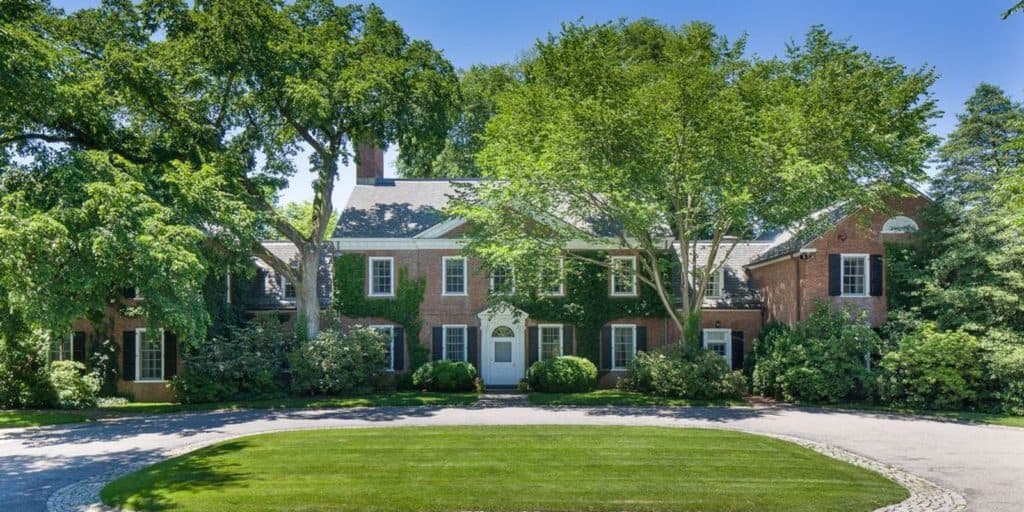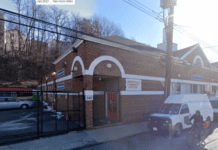
Prices Slightly Higher
The real estate markets in the suburbs north of New York City finished 2018 with generally slower sales, higher inventory in most markets and a decline in pending sales, according to a report released last week by Houlihan Lawrence.
Home sales in Westchester County were down 4.6 percent from the prior year while sales in Putnam County were up slightly by 3 percent, Dutchess County sales declined 6.6 percent for the year. Meanwhile, median sale prices were somewhat higher in all three counties: Westchester, $650,000, up 1.2 percent; Putnam, $350,000, up 4 percent; and Dutchess, $281,500, up 8.3 percent.
Inventory in Westchester grew by 9.5 percent with the New York City Gateway submarket (Mount Vernon, Yonkers, New Rochelle and Pelham) posting the highest increase in inventory of 35.2 percent. Putnam’s inventory remained virtually unchanged from the prior year while inventory in Dutchess declined by 11.8 percent. The number of pending sales in Westchester and Putnam fell 10.9 percent and 11.4 percent, respectively, while pending sales in Dutchess declined by 17.2 percent.
Some Westchester communities recorded double-digit increases in total sales for 2018 compared to 2017, with Peekskill (33 percent ), Hastings (25 percent ), Rye Neck (26 percent ), Greenburgh (14 percent ), Pleasantville (13 percent ) and Somers (10 percent ) showing the greatest increase. New York City buyers continue to seek the Westchester rivertown communities.
In Dutchess, the sales leaders were Clinton (27 percent ), Beacon (20 percent ) and East Fishkill (14 percent ). Dutchess is enjoying an influx of residents from Brooklyn looking for a more relaxed country lifestyle, especially in the Village of Beacon, which is undergoing a downtown revival. In Putnam, Haldane, Mahopac and Brewster all posted double-digit sales gain for the year of 33 percent, 11 percent and 12 percent, respectively.
Submarkets at a Glance
NYC Gateway (Mount Vernon, New Rochelle, Pelham and Yonkers). Homes sold: down 8 percent. Median sale price: up 5percent.
Lower Westchester. (Bronxville, Eastchester, Edgemont, Scarsdale and Tuckahoe). Homes sold: down 11 percent. Median sale price: down 9 percent
Rivertowns (Ardsley, Dobbs Ferry, Hastings, Mount Pleasant, Pleasantville, Tarrytown, Briarcliff Manor, Elmsford, Irvington Ossining and Pocantico Hills). Homes sold: down 2 percent. Median sale price: up 2 percent.
Greater White Plains (Greenburgh, Valhalla and White Plains). Homes sold: up 4 percent. Median sale price: up 5 percent.
Sound Shore (Blind Brook, Harrison, Mamaroneck, Port Chester, Rye City and Rye Neck). Homes sold: down 1 percent. Median sale price: up 2 percent.
Northern Westchester (Bedford, Byram Hills, Chappaqua, Katonah-Lewisboro, North Salem and Somers). Homes sold: down 7 percent. Median sale price: up 1 percent.
Northwest Westchester (Croton-on-Hudson, Hendrick Hudson, Lakeland, Peekskill and Yorktown). Homes sold: down 4 percent. Median sale price: up 4 percent.
Putnam County (Brewster, Carmel, Garrison, Haldane, Lakeland, Mahopac and Putnam Valley). Homes sold: up 3 percent. Median sale price: up 4 percent.
While luxury markets north of New York City registered losses in 2018, the uber-luxury segment of the market demonstrated notable growth, according to the Houlihan Lawrence Luxury Market Report, with sales more than $10 million peaking in Westchester County in 2018. Houlihan Lawrence represented David Rockefeller’s country estate, Hudson Pines. Listed for $22 million, Hudson Pines sold for a record-setting $33 million and was the highest recorded sale in Westchester County.
In total, five sales closed more than $10 million in 2018 – a monumental gain from a single sale in 2017 – and exceeded the previous high set in 2005.
In Greenwich, 10 sales closed more than $10 million, an uptick from 2017 and the third consecutive year of gains in this price bracket. The highest sale of the year was a Georgian estate in Mid-Country. Its selling price of $17.5 million was half its original $35 million asking price, underscoring that even an eight-digit buyer seeks a fair price that represents value.
These exceptional but finite sales did not make up for the overall decline in luxury sales. In Westchester, Darien and New Canaan, luxury sales ($2 million and higher) declined by double digits in 2018. Fewer luxury homes sold in Putnam/Dutchess ($1 million and higher) and Greenwich ($3 million and higher) ended the year with a slight 3 percent decline. Fourth quarter declines were especially deep in many markets, dragging down year-end losses and placing even more pressure on pricing.
Many indicators point to a softening market in 2019. Pended sales (expected to close within 60 to 90 days) are down across the board and could impact first quarter sales. The once red-hot market in New York City cooled down in 2018, resulting in a smaller pool of buyers heading north. Houlihan Lawrence’s proprietary data indicates that 25 percent to 30 percent of luxury buyers originate from New York City and a significant chunk of losses experienced in 2018 are attributable to this shift.
“The financial markets entered negative territory after a rousing 10-year run,” said Anthony Cutugno, senior vice president and director of private brokerage for Houlihan Lawrence. “Savvy investors were likely prepared for the inevitable dip but the volatility that accompanied these declines left even the sturdiest investor uneasy. Interest rates are expected to rise again in 2019, and while that does not materially affect the purchasing power of the luxury buyer, it sends a signal about the overall strength of the economy and impacts consumer confidence.”
Cutugno said there are economic bright spots and opportunities for the savvy buyer to embrace as we enter 2019 – unemployment is at a record low and the equity markets created extraordinary wealth since 2008, despite 2018 losses.
“Tax changes can result in a net positive gain for some and the next three months will provide clarity to those who ultimately benefit,” he said. “Sellers may have to accept their home could achieve a selling price far less than they imagine, and their motivation to sell and price competitively will drive the market in 2019.”





